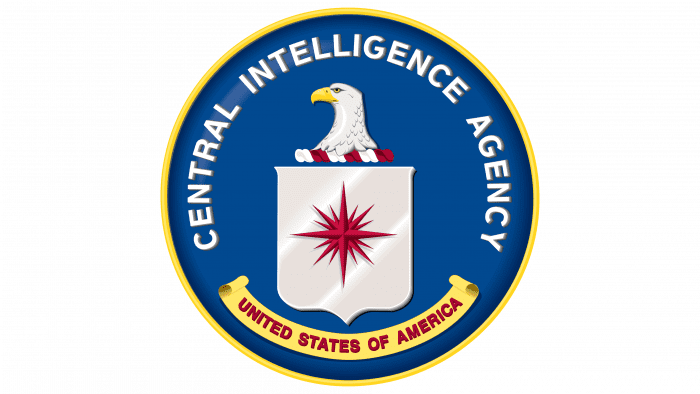The DHS logo demonstrates glory, honor, and courage. With its help, the U.S. Department of Homeland Security confirms the task entrusted to protect the population and the country from dangerous situations. It directly testifies that the department is ready to provide a powerful resistance in case of necessity.
DHS: Brand overview
| Founded: | November 25, 2002 |
| Headquarters: | Washington, D.C., U.S. |
| Website: | dhs.gov |
Meaning and History
The DHS logo was developed with representatives from several important organizations: the top leadership of the Department of Homeland Security, the Commission on Fine Arts, the Ad Council, and Landor Associates. The last two agencies were directly responsible for the design and concept of the emblem. Essentially, the emblem serves as a seal and is on the department’s flag. Before 2003 (before the official logo was approved), the agency used a modified version of the Great Seal and a text symbol.
The integrity of the composition and logo concept was carefully thought out. It reflects the department’s mission: to protect the American population in the air, water, and land, as well as to prevent attacks from any of the aforementioned directions. Everything revolves around the bald eagle – the key symbol of the United States, the American mascot, and an authentic image. It symbolizes overcoming obstacles, including bureaucratic ones, to achieve the assigned tasks. The widely spread wings freely pass through external obstacles – two inner rings of red and white colors, reaching the inscriptions “U.S. DEPARTMENT OF” and “HOMELAND SECURITY” in a circular arrangement.
What is DHS?
DHS is an independent department in the U.S. government structure, formed in 2002 to ensure the country’s security. It is responsible for customs and immigration policy, disaster prevention, terrorism prevention, and cybersecurity for authorities and the population. The service emerged as a response to the tragic events of September 11, 2001, and is the successor to the Office of Homeland Security.
2002 – 2003
The DHS logo consisted of a two-level inscription in blue and red. The top line contained the department’s full name, and the bottom line contained the phrase “Employee Information.” The letters were thin, sans-serif.
2003 – today
The central element of the DHS seal is a white-blue eagle with a shield on its chest. The heraldic element is divided into three fragments, each representing its iconic image. They indicate that the department protects the United States from high mountains to sea expanses.
- The top part features a night sky with 22 stars, symbolizing the number of agencies and bureaus that formed the department’s foundation.
- The left part of the shield displays white mountains and a green plain under a blue daytime sky.
- The right fragment is occupied by wavy lines representing all the country’s water resources: lakes, rivers, and oceans.
The eagle’s confident posture confirms the department’s noble mission and boundless capabilities. The bird’s wings are widely spread, so they confidently open the rings surrounding the central area. According to the designers, the rings denote various difficulties in achieving goals. The wider circle is white, and the narrower one is red.
As a tradition reflected in the Great Seal, the formidable bird has turned its head and holds a bundle of 13 arrows (right) and an olive branch with 13 fruits and 13 leaves (left) in its talons. The tips of the wings of the United States symbol reach the DHS name. It is written in full form and divided into two parts. The dark blue serif letters have a wide white stripe as a background. A continuous silver-gray border runs along the edge of the seal.
Font and Colors
The Department of Homeland Security emblem includes an inscription in uppercase letters. The letters are designed with small but distinct serifs resembling miniature rectangles, even without pointed ends. This is the FF Scala font, based on the monotype version of Joanna MT, the lowercase letters of which are used in departmental documents.
The individual color palette consists of namesake colors named after the department. According to the Pantone system codes, they include:
- light blue 307 C (lower semi-circle of the inscription, sky, waves);
- dark blue 2955 C (upper part of the title, waves, eagle, starry sky, arrows, olive branch);
- red 187 C (ring);
- gray 6 C (frame); Ÿ green 370 C (meadow).
White is also present as a background and contrasting color.








